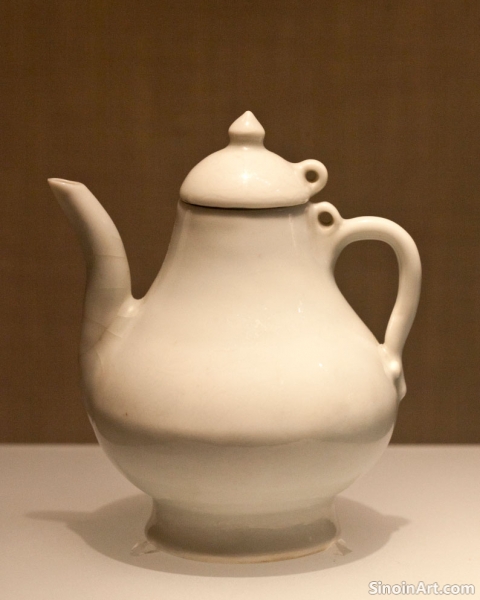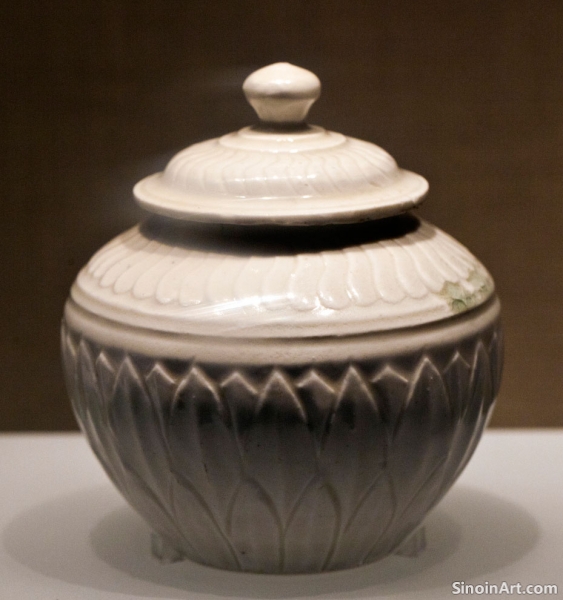The Elegance of Guan Ware and Ge Ware Crackle Glazes
|
Guan ware and Ge ware, both associated with the Southern Song Dynasty, are known for their distinctive crackled glazes, which were caused by the different contraction rates of the glaze and the ceramic body. These wares, which are also often referred to as “crackled ware”, exhibit a wide variety of crackle patterns, from fine “fish roe” patterns to more pronounced “ice crackle” patterns.  Guan ware, associated with imperial use, is characterized by its refined forms, often with thick, layered glazes in shades of gray, blue-green, or lavender. Ge ware, which was produced for a slightly wider market, exhibits an even wider range of crackle patterns and glaze colors. Each piece has a unique pattern formed during the firing process.  The forms of Guan and Ge wares are often simple, elegant, and functional, with an emphasis on the beauty of the glaze rather than elaborate decoration. The beauty of these pieces lies in the interplay of form and glaze.  The creation of Guan and Ge wares involved intricate kiln techniques, allowing for the precise control of firing temperature and atmosphere, which resulted in the unique crackle patterns of each piece. The technical expertise of potters is central to understanding the beauty of these pieces. The enduring popularity of Guan and Ge wares is a testament to the artistic vision of Song potters and the enduring fascination with the beauty of natural, unrepeatable processes. These pieces remain highly prized by collectors and admired for their unique beauty and character. |
Tag : Guan ware, Ge ware, Song crackle glaze, Chinese pottery, crackled porcelain
Related information
- The Refinement of Song Ceramics: An Introduction
- Decorative Techniques in Song Ceramics
- The Role of the Kilns in Song Ceramic Innovation
- Guan Ware: The Mystery of Imperial Ceramics
- The Everyday Elegance of Song Dynasty Ceramics
Song Dynasty ceramics (960-1279) represent a golden age of Chinese pottery, marked by refined techniques, elegant forms, and a focus on monochrome glazes like celadon, showcasing subtle beauty and technical mastery.
Song Dynasty ceramics employed various subtle decorative techniques like carving, incising, molding, and impressing, adding texture and visual interest while allowing the simple forms and glazes to remain the focus.
Song Dynasty kilns, such as those in Longquan, Ding, Jun, and Jian, were centers of experimentation and artistic innovation, advancing kiln technology, glaze effects, and the training of potters, leading to a diversity of high-quality ceramic styles.
Guan ware, rare imperial ceramics of the Southern Song, are characterized by thick, crackled glazes in shades of gray, blue, or green, understated forms, and an enduring sense of mystery surrounding their production and kilns.
While Song ceramics are often celebrated for their rare and exquisite pieces made for the imperial court, a wealth of utilitarian wares were also produced for everyday use. These pieces, while perhaps less elaborate than court ceramics, exhibit a refined sense of beauty and practicality, demonstrating the ubiquitous presence of ceramics in Song Dynasty life. These pieces are an important window into everyday life during this period.